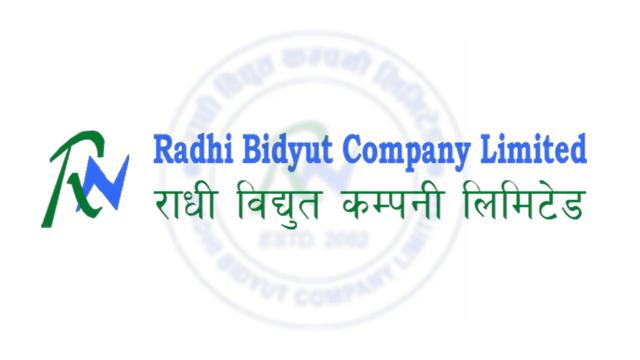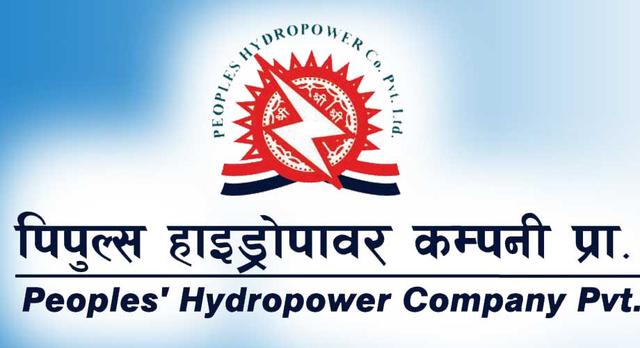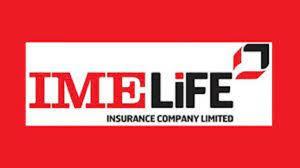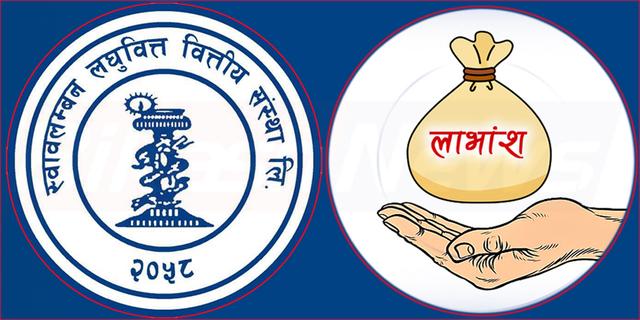Nepal's Commercial Banks Post Marginal Profit Growth of 1.4% Amid High Volatility in Q3 FY 2081
Author
NEPSE trading

The net profits of Nepal’s 20 commercial banks have edged up by only 1.40% in the first nine months of the current fiscal year (2081/82), compared to the same period last year. According to unaudited financial reports published by the banks, the cumulative net profit reached NPR 41.25 billion, just marginally higher than NPR 40.68 billion in FY 2080/81.
Despite the overall stagnation in growth, a deeper look into individual bank performance reveals a striking polarization in profitability — with some banks achieving record-breaking growth while others suffered dramatic declines.

Top Tier: Market Leaders Solidify Their Positions
Nabil Bank, Nepal’s largest profit-making bank, retained its top spot with a net profit of NPR 5.05 billion, registering an 8.21% growth. Although the growth rate is moderate, its consistent leadership in profit volume highlights its operational efficiency, strong retail network, and diversified revenue streams.
Nepal Investment Mega Bank (NIMB) posted NPR 4.54 billion in profit, up by 38.61%. The substantial growth likely reflects synergies post-merger and optimized operations.
Global IME Bank is close behind with NPR 4.53 billion in profit — a 37.12% increase — suggesting aggressive expansion and asset growth are paying off.
Everest Bank also made an impressive stride, earning NPR 3.46 billion, up 32.55%, reflecting robust asset quality and cost control.
Together, these banks demonstrate that scale, efficiency, and technological advancement are critical levers for growth in a competitive environment.
The Surprise Giant: Nepal Bank’s Turnaround Story
The most dramatic shift in the entire sector was witnessed at Nepal Bank, which saw its net profit surge by a jaw-dropping 2032.8%, rising from NPR 130 million last year to NPR 2.78 billion this year.
Such exponential growth may be attributed to:
Significant reduction in loan loss provisions
Recovery of previously written-off loans
Improved operational ratios or one-off gains
This rebound is noteworthy, especially considering Nepal Bank’s historical struggle with asset quality and internal governance. The turnaround may signal stronger internal reforms or exceptional performance in its credit portfolio.
Moderate Movers: Stability Amid Uncertainty
Several mid-sized banks showed stable yet modest growth:
Sanima Bank grew its profit by 14.8% (to NPR 1.65 billion)
Machhapuchchhre Bank by 28.89% (to NPR 1.1 billion)
Nepal SBI Bank by 3.36% (to NPR 1.2 billion)
Prabhu Bank by 3.51%
These banks appear to be weathering economic challenges while maintaining healthy credit and deposit balances. Their moderate performance could reflect cautious lending and better risk management, albeit with limited aggressive expansion.
Banks in Decline: Struggles Become Visible
A total of nine banks reported profit declines, some of them extremely severe:
NIC Asia Bank: Worst hit
Profit crashed by 91.81%, from NPR 1.91 billion to just NPR 156.8 million.
This points to major operational setbacks, likely due to rising non-performing loans (NPLs), provisioning burdens, or drop in interest income.
As a former fast-growing bank, such a decline reflects either overexposure to risky assets or uncontrolled cost structures.
Himalayan Bank: A steep fall of 74.33%
Net profit dropped from NPR 1.94 billion to NPR 500 million.
One of the most established institutions, this performance may be impacted by increased provisioning or declining margins post-merger.
Kumari Bank: Down by 72.85%
From over NPR 1 billion in profit to just NPR 285 million.
This suggests merger-related integration issues or poor credit performance.
Rastriya Banijya Bank: A 49.29% decline
As a state-owned entity, its dip raises questions on government-mandated lending, possibly leading to higher bad debts.
Other banks like Standard Chartered (-11.17%), Citizens Bank (-20.6%), and Agriculture Development Bank (-10.17%) also showed negative trends, suggesting widespread sectoral stress affecting even traditionally strong players.
What’s Driving This Polarization?
Rising Credit Risk
Many banks are facing increasing pressure from loan defaults, especially in SME and retail sectors affected by economic slowdowns and inflation.
Provisioning Burdens
To maintain regulatory compliance, banks have had to set aside higher provisions, cutting into profit margins.
Post-Merger Growing Pains
Mergers have been a key theme in Nepal’s banking reforms, but integration challenges, system mismatches, and cultural clashes are slowing synergies.
Digital Disruption
Banks investing heavily in digital transformation are reaping benefits, while laggards fall behind in customer acquisition and operational efficiency.
Sector-Wide Insights: Slow Growth, Big Challenges
Despite impressive growth by individual banks, the overall industry growth is flat.
A mere 1.40% increase in aggregate profits highlights a saturation point, with credit expansion slowing, interest rate margins thinning, and regulatory burdens increasing.
The industry may require policy-level support, further consolidation, and technological investment to stay resilient.
The current scenario reflects two diverging realities in Nepal’s banking sector:
On one side, well-capitalized, efficiently run banks are continuing to thrive.
On the other, several institutions are struggling, possibly heading toward restructuring or further mergers.
The upcoming fourth quarter will be crucial to observe whether these trends solidify or reverse. For now, the data suggests that size, agility, and digital efficiency will define winners in Nepal’s evolving banking landscape.



